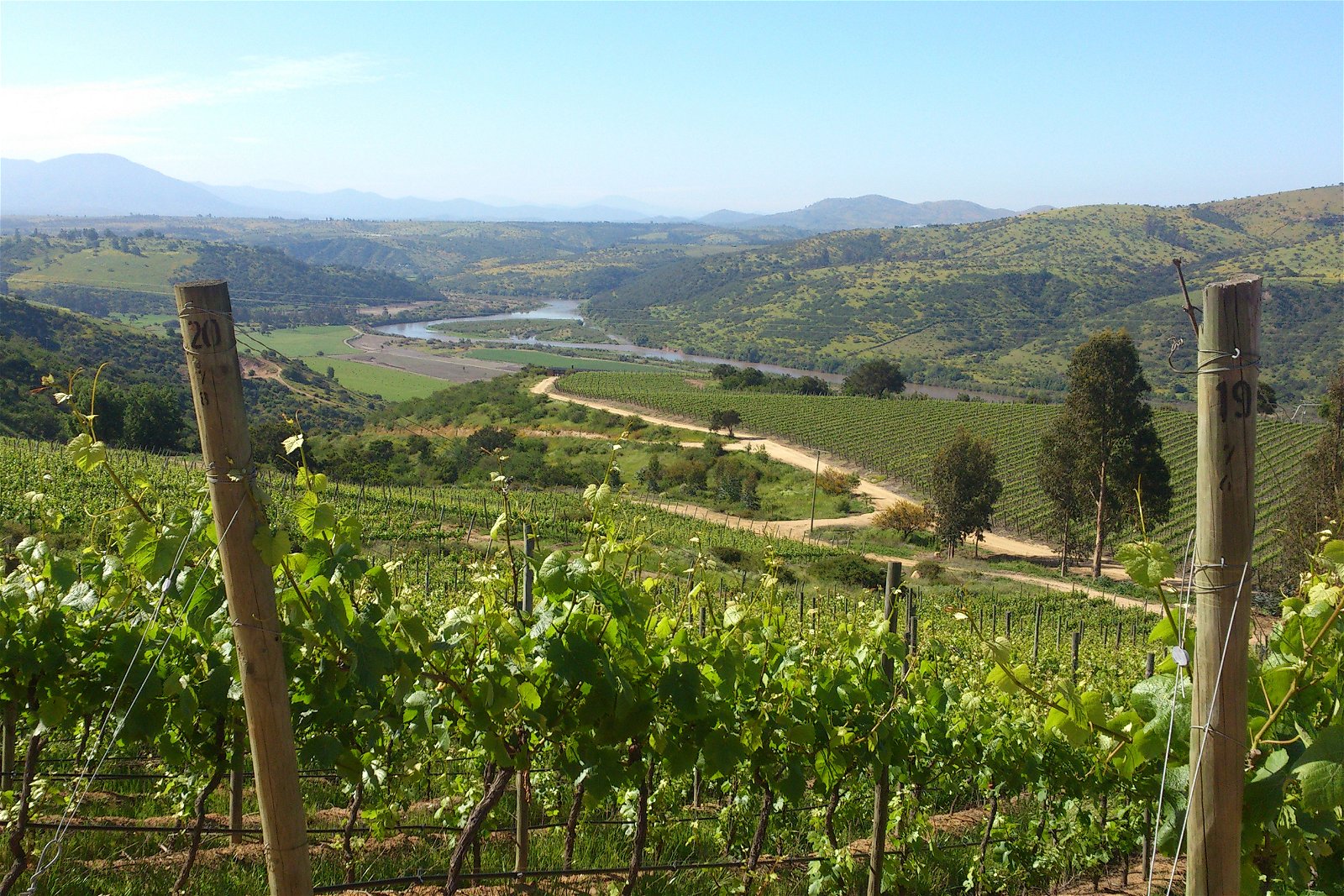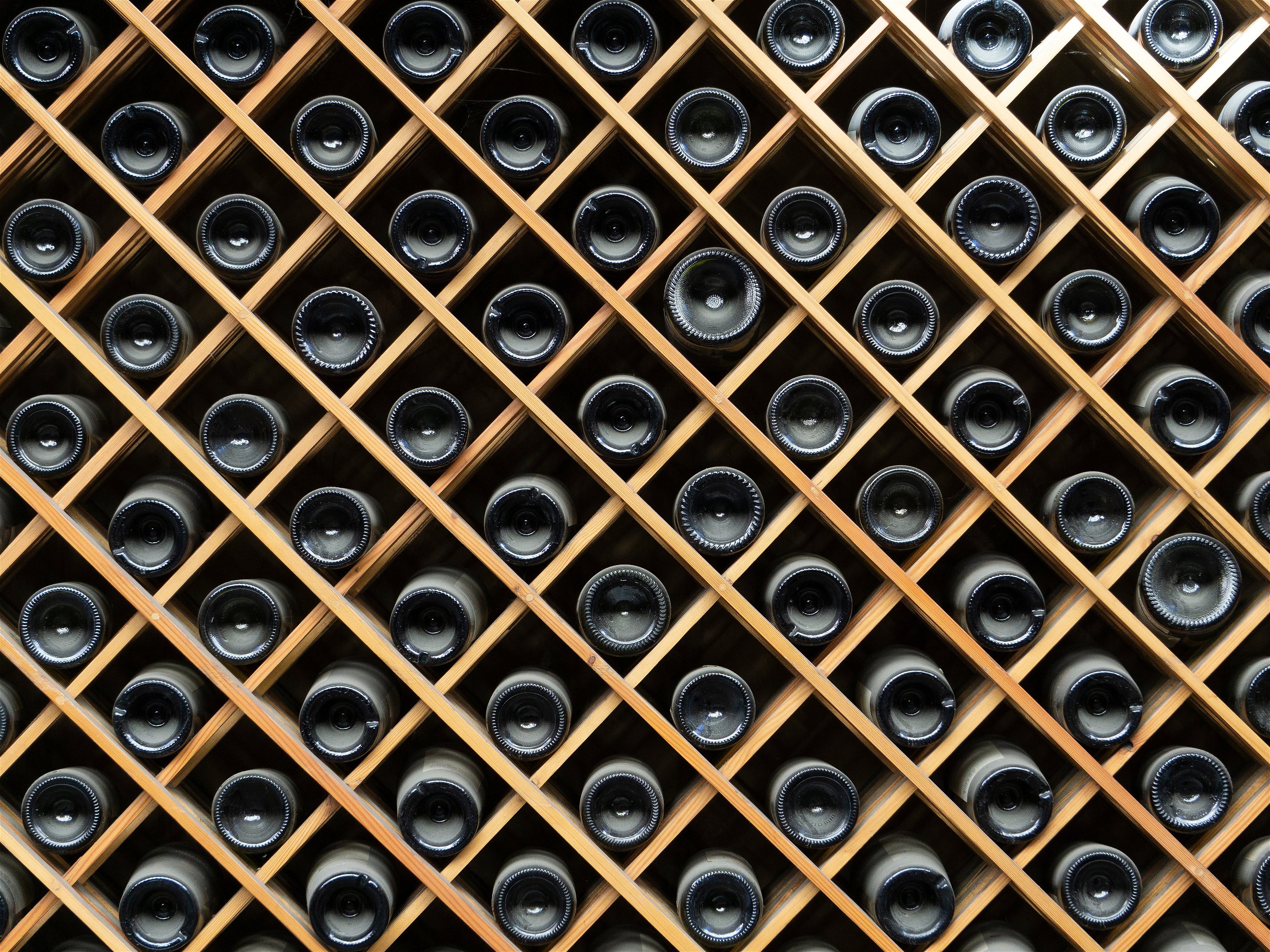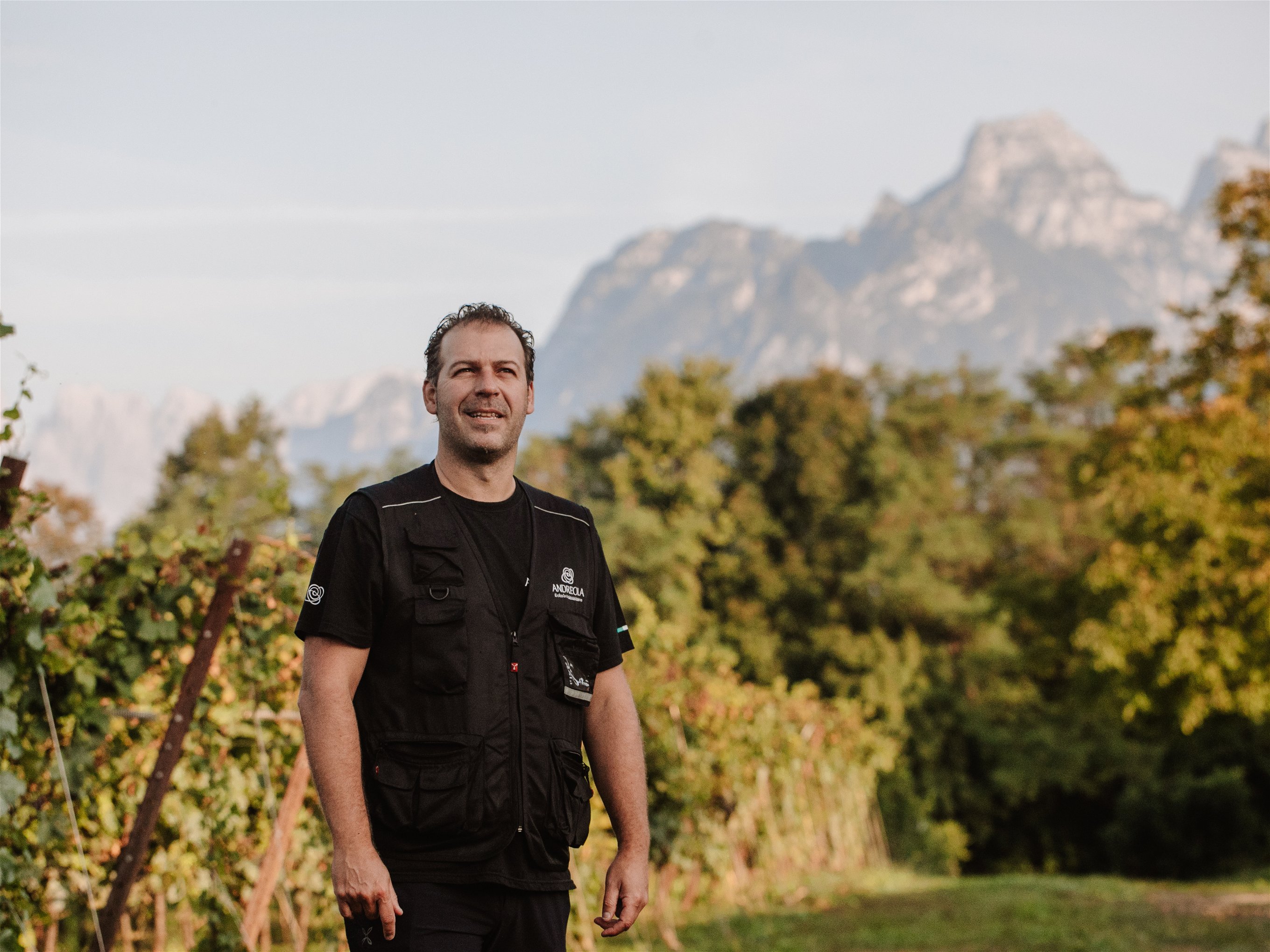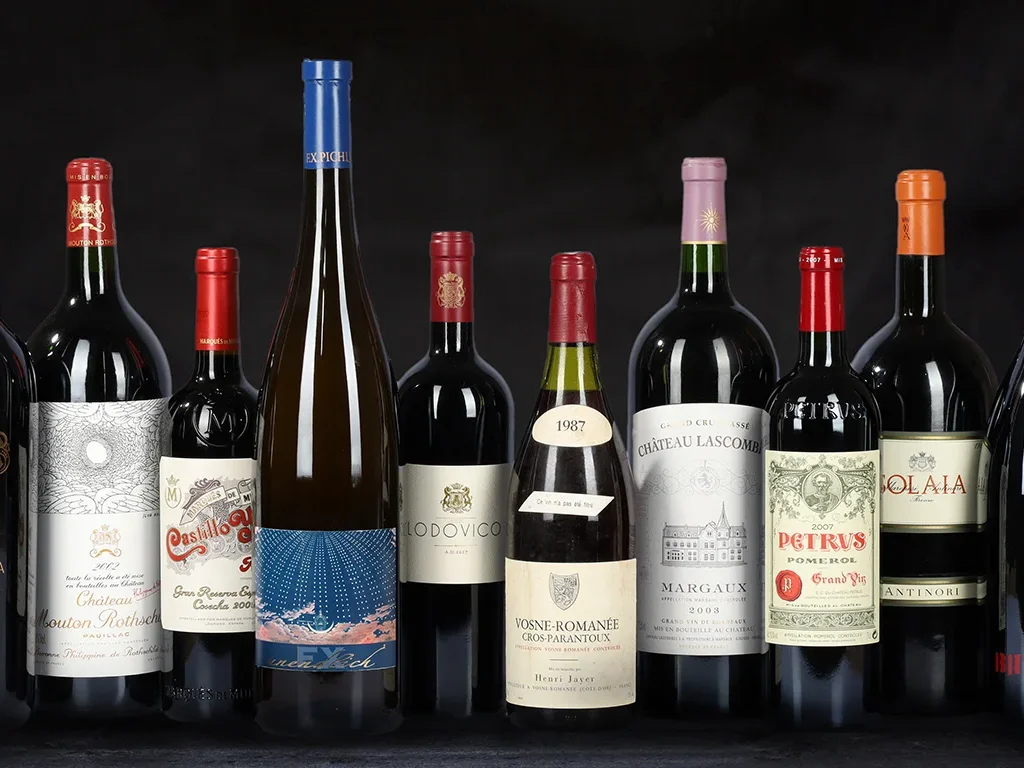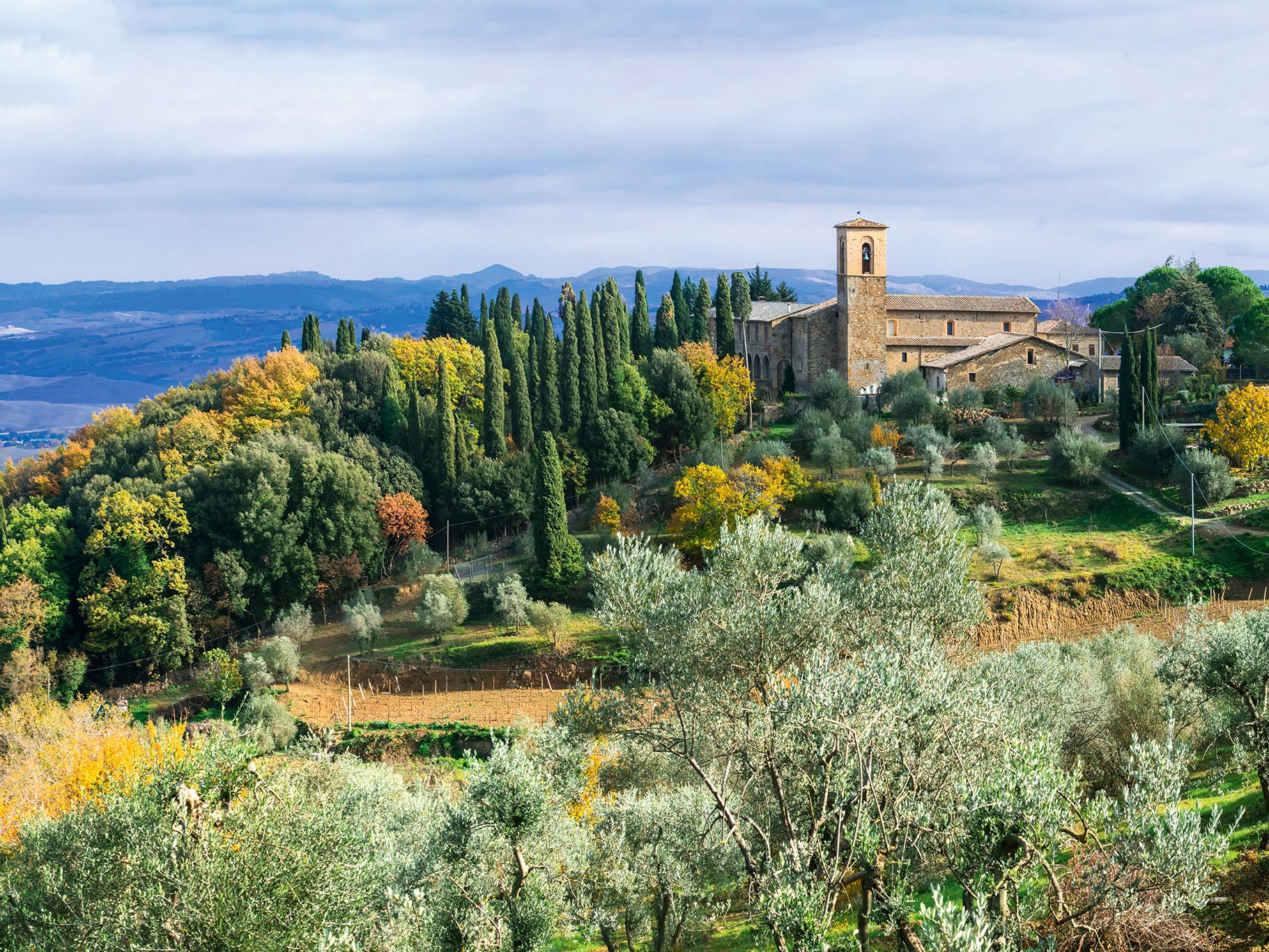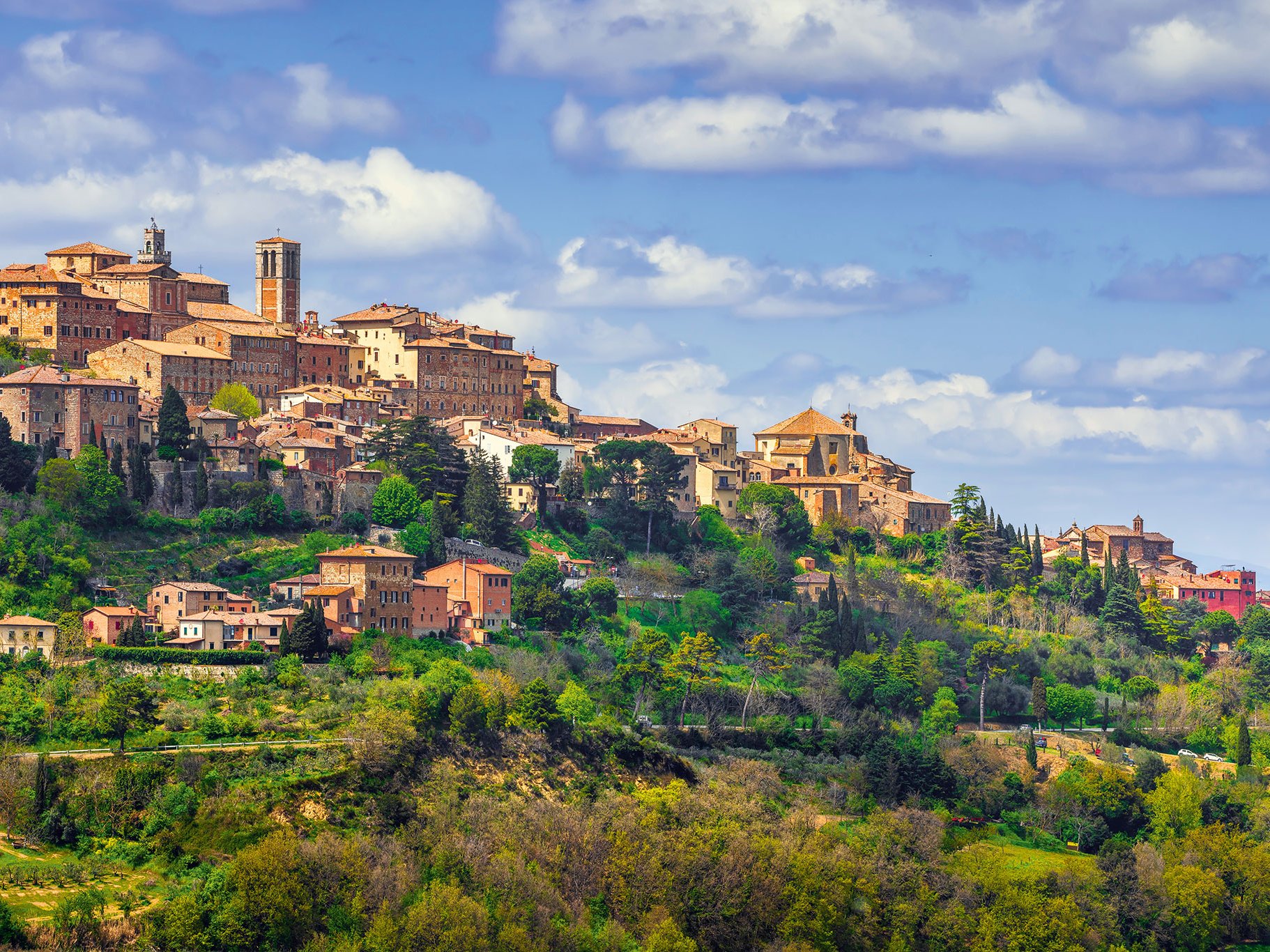About 65 kilometres north of the capital Santiago lies the Aconcagua Valley, one of Chile's best and most famous wine regions, offering wines from entry-level to ultra-premium quality. It borders cool Casablanca Valley and Maipo Valley in parts to the south and runs further inland following the Rio Aconcagua towards the Andes. Cold Pacific breezes reach the western part of the valley, although the influx of cold air is hampered by the Chilean coastal range, Cordillera de la Costa. In the east, Mount Aconcagua towers over the valley, at nearly 7,000 metres it is the highest mountain in Latin America and a popular destination for mountaineers. The climate in Aconcagua Valley is - in contrast to Casablanca Valley - warm and dry. Rain hardly falls here; about 200mm a year and mainly in winter. However, the snow-capped Andes Mountains provide enough water to irrigate the vineyards, which are nevertheless increasingly being converted to modern, more economical, drip irrigation. The soils are mainly clay and sand in the east, changing to granite and clay towards the west. The range of grape varieties is broad; both white and red wines are grown here, depending on the microclimate and the terroir. Just under 1,000 hectares are under vine, so the Aconcagua Valley is a relatively small growing area by Chilean standards. The largest share of the vineyard area is taken up by Cabernet Sauvignon, about 300 hectares.
